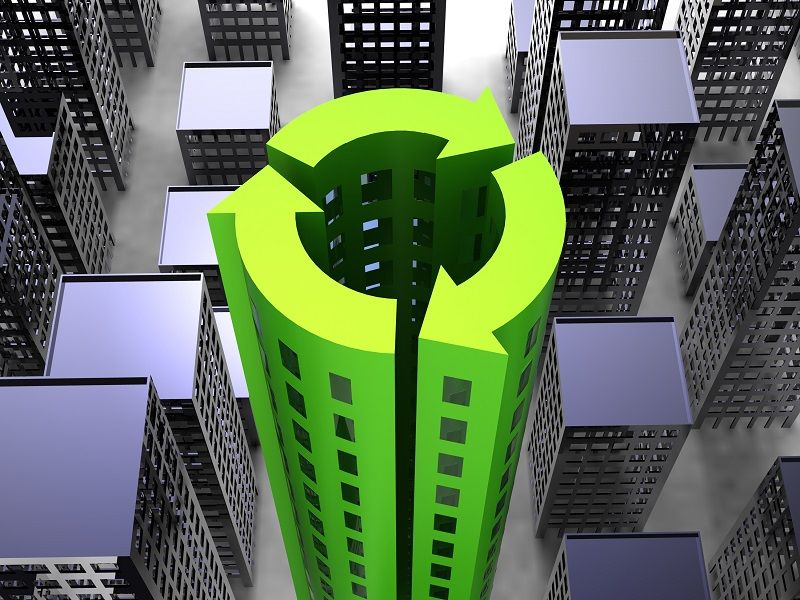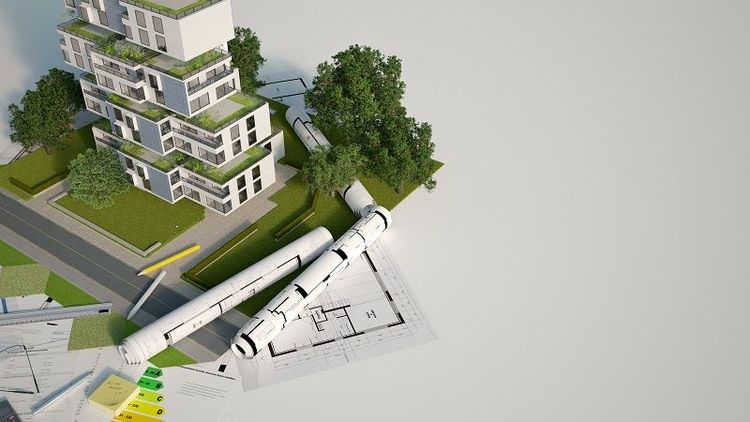Over the past decade, the infrastructure industry has undergone significant changes thanks to the emergence of new technologies such as composite buildings. These structures incorporate steel frameworks encased in concrete and flooring solutions like Speedfloor, pre-cast slabs, and hollow core slabs. These buildings are considered eco-friendly or green due to several factors that help reduce pollution and conserve natural resources.
To be considered a sustainable construction, a green building must meet environmental standards throughout its entire life cycle, including its design, construction, and use. Green building design aims to balance the built and natural environments, utilising natural materials and low-energy, renewable resources.
Green building is not a specific construction method but a combination of techniques, materials, and integrated technologies to improve environmental performance. Steel is arguably the most sustainable of the major structural materials, offering numerous benefits realised whenever steel is used.
1. Weight - Steel's lightweight characteristic makes it easy to transport over land and lift with a crane, reducing the fuel consumption required to transport it to the construction site. This also simplifies dismantling and relocating buildings, as the low weight facilitates moving and rebuilding structures.
As a result, steel is a highly desirable building material for structures with extra land available for expansion due to its added mobility and versatility.
2. Sustainability - As the demand for eco-friendly buildings grows, steel is expected to become a more attractive material for construction projects. This is due to its recyclability, as it can be easily repurposed rather than permanently disposed of.
For example, old buildings or temporary supports made from steel can be recycled and used in new projects as needed. Recovered undamaged steel components can be reused in other projects, eliminating the need to melt down and recast the alloy to create a new part. In cases where a building is being demolished and rebuilt, existing steel parts can be stripped out and repurposed to save costs. These parts can be stored for future projects or sold to another company as components or raw alloy if sold back to a steel fabrication company.
3. Strength - The high strength-to-weight ratio of steel means that less material is required for a single support or beam, resulting in lower material costs and improved sustainability. Steel is also highly resistant to physical impacts and forces, providing a high level of safety for building occupants without deteriorating or needing to be replaced afterward.
This strength can be maintained through the structure's design, rather than the amount of steel used. Additionally, alloy steel's natural fire and rust resistance makes it a suitable choice for exterior structures such as fire escapes or balcony supports. It could also be considered for use as external walls to contain insulating materials.
4. Price – Modern building regulations are highly prescriptive when it comes to construction efficiency, often resulting in reduced maintenance and material costs in the long term. While concrete is more price stable compared to steel, the costs of repairing and reinforcing a concrete beam or pillar usually make steel more cost-effective over the entire lifespan of a building. Steel is a fully recyclable material that maintains its inherent properties. Therefore, a significant amount of recovered steel can significantly reduce the cost of constructing a new structure.





 +91 7208055523
+91 7208055523
 Help & support
Help & support
